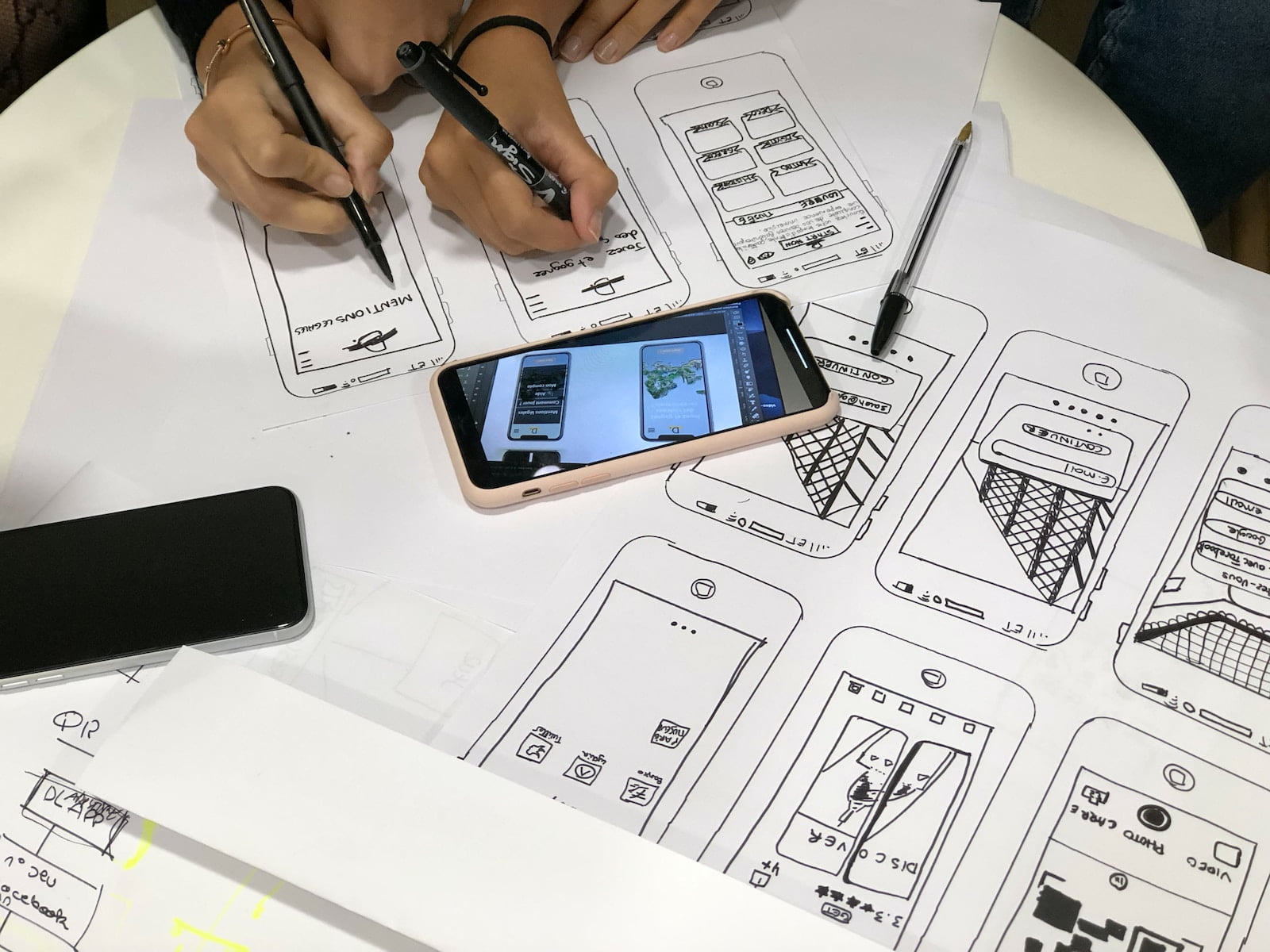
Introduction: The Importance of Balancing Aesthetics and Functionality in Mobile Design
Mobile devices have become an integral part of our daily lives, and mobile design has become a crucial aspect of creating a successful mobile application. The art of mobile design involves balancing aesthetics and functionality to create a visually appealing and user-friendly experience. Aesthetics and functionality are two essential components of mobile design, and finding the right balance between the two is crucial for creating a successful mobile application.
Aesthetics refers to the visual appeal of a mobile application, including the layout, colour scheme, typography, and overall design. Functionality, on the other hand, refers to the usability and performance of the application, including its speed, responsiveness, and ease of use. Balancing aesthetics and functionality is essential for creating a mobile application that not only looks good but also performs well and meets the needs of its users.
Understanding User Needs: The Key to Effective Mobile Design
The key to effective mobile design is understanding the needs of the users. Mobile applications are designed to solve specific problems or meet specific needs, and understanding these needs is crucial for creating a successful mobile application. User research is an essential part of the design process, and it involves gathering information about the target audience, their needs, and their preferences.
User research can be conducted through surveys, interviews, focus groups, and usability testing. By understanding the needs of the users, designers can create a mobile application that meets those needs and provides a positive user experience. User research also helps designers identify potential usability issues and make necessary adjustments to improve the overall user experience.
The Role of Aesthetics in Mobile Design: Creating a Visually Appealing User Experience
Aesthetics play a crucial role in mobile design, as they can significantly impact the user experience. A visually appealing design can attract users and keep them engaged, while a poorly designed application can turn users away. Aesthetics can also influence the perception of the application’s usability and functionality.
When designing a mobile application, designers should consider the target audience and their preferences. The colour scheme, typography, and layout should be visually appealing and consistent with the brand’s identity. The design should also be intuitive and easy to navigate, with clear calls to action and a logical flow.
The Importance of Functionality in Mobile Design: Ensuring a Smooth User Experience
Functionality is equally important in mobile design, as it can significantly impact the user experience. A mobile application that is slow, unresponsive, or difficult to use can frustrate users and lead to negative reviews and low ratings. Functionality should be a top priority when designing a mobile application, and designers should focus on creating a smooth and seamless user experience.
Designers should consider the performance of the application, including its speed, responsiveness, and ease of use. The application should be optimized for different devices and screen sizes, and it should be tested thoroughly to ensure that it performs well under different conditions. Designers should also consider the accessibility of the application, including its compatibility with assistive technologies and its compliance with accessibility guidelines.
Designing for Different Devices: Adapting Aesthetics and Functionality for Mobile and Tablet Screens
Designing for different devices is a crucial aspect of mobile design, as users access mobile applications on a variety of devices, including smartphones, tablets, and wearables. Designers should consider the screen size, resolution, and orientation of each device and adapt the aesthetics and functionality accordingly.
Designers should also consider the user’s context when designing for different devices. For example, a user may be using a smartphone while on the go, which requires a different design approach than a user who is using a tablet at home. Designers should also consider the user’s input method, as touchscreens require a different design approach than traditional keyboards and mice.
The Impact of Mobile Design on User Engagement and Retention
Mobile design can significantly impact user engagement and retention. A well-designed mobile application can attract users and keep them engaged, while a poorly designed application can turn users away. User engagement and retention are crucial for the success of a mobile application, as they can lead to increased revenue and brand loyalty.
Designers should focus on creating a positive user experience that encourages engagement and retention. This can be achieved through a visually appealing design, intuitive navigation, and clear calls to action. Designers should also consider the user’s context and provide relevant content and features that meet their needs.
Best Practices for Balancing Aesthetics and Functionality in Mobile Design
Balancing aesthetics and functionality is essential for creating a successful mobile application. To achieve this balance, designers should follow best practices that prioritize the user’s needs and preferences. Some best practices for balancing aesthetics and functionality in mobile design include:
– Conducting user research to understand the target audience and their needs
– Focusing on creating a visually appealing design that is consistent with the brand’s identity
– Prioritizing functionality and usability to create a smooth and seamless user experience
– Designing for different devices and adapting the aesthetics and functionality accordingly
– Testing the application thoroughly to ensure that it performs well under different conditions
– Providing relevant content and features that meet the user’s needs and context
Conclusion: The Future of Mobile Design and the Importance of Continual Improvement
Mobile design is an ever-evolving field, and designers must continually improve their skills and stay up-to-date with the latest trends and technologies. The future of mobile design is likely to focus on creating more personalized and context-aware experiences that meet the user’s needs and preferences.
Continual improvement is essential for creating successful mobile applications that meet the needs of their users. Designers should seek feedback from users and use it to make necessary adjustments to improve the overall user experience. By balancing aesthetics and functionality and prioritizing the user’s needs, designers can create mobile applications that are visually appealing, easy to use, and meet the needs of their users.
